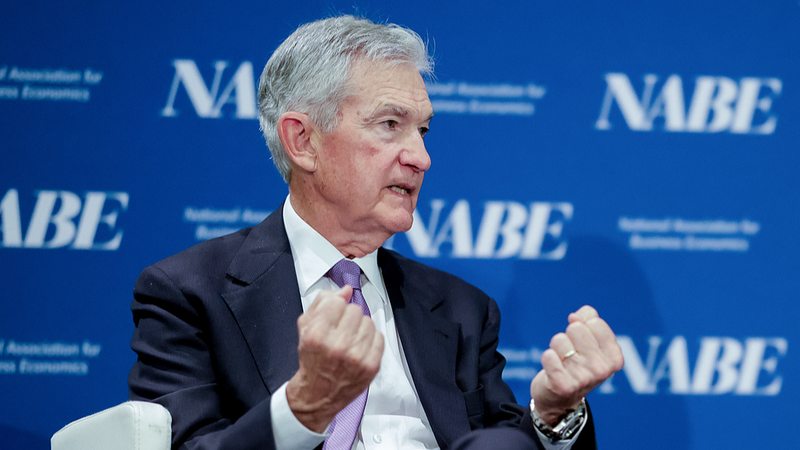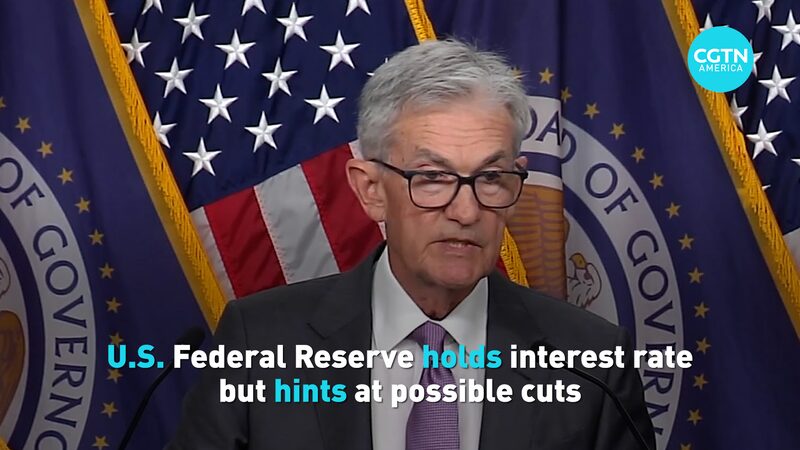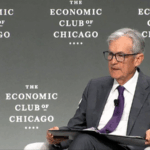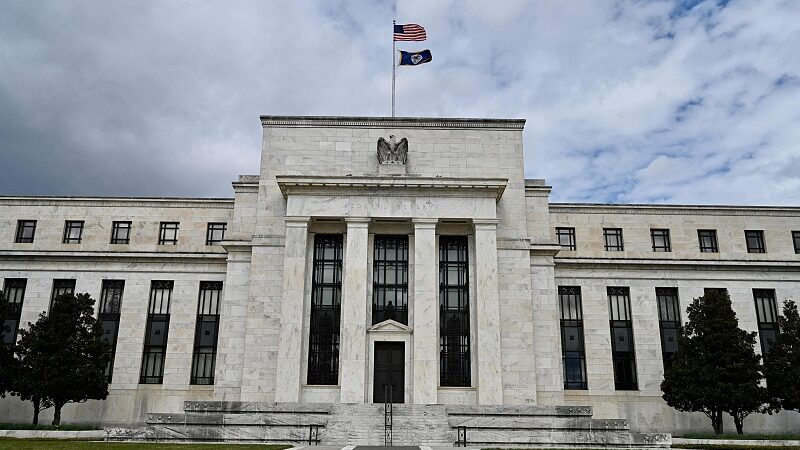The U.S. Federal Reserve has warned of growing economic uncertainty as more businesses reduce staffing levels amid weaker demand and inflationary pressures, according to its latest Beige Book report released Wednesday. The findings highlight a delicate balancing act for policymakers as they navigate slowing hiring trends and persistent price increases.
Economic Activity and Consumer Spending
While overall U.S. economic activity remained largely unchanged in recent weeks, the Fed noted a slight decline in retail spending. The report revealed that employers in most districts are cutting headcounts through layoffs and attrition, citing concerns about demand fluctuations and increased investment in artificial intelligence technologies.
Interest Rate Outlook
Fed Chair Jerome Powell reinforced the central bank's cautious approach during a Tuesday speech, acknowledging risks from slowing job growth. This follows the Fed's decision to cut rates in September, with officials projecting two additional reductions in 2024 and one in 2026. Lower rates could ease borrowing costs for mortgages and business loans, potentially stimulating economic activity.
Trade Policies and Inflation
The report identified tariff-related cost increases across multiple sectors, though businesses showed varying success in passing these expenses to consumers. Service sector costs – particularly for insurance and healthcare – rose more sharply, compounding price pressures first triggered by pandemic-era disruptions.
Labor Market Strains
Construction, manufacturing, and agricultural sectors reported labor shortages in some regions, attributed in part to changing immigration policies. These workforce challenges contrast with broader employment trends showing increased caution among employers nationwide.
Analysts suggest the Fed's measured approach to rate cuts reflects concerns about reigniting inflation while supporting economic stability. As global markets monitor these developments, businesses and investors remain alert to shifting conditions in the world's largest economy.
Reference(s):
U.S. Fed sees more firms reducing staff on economic uncertainty
cgtn.com








